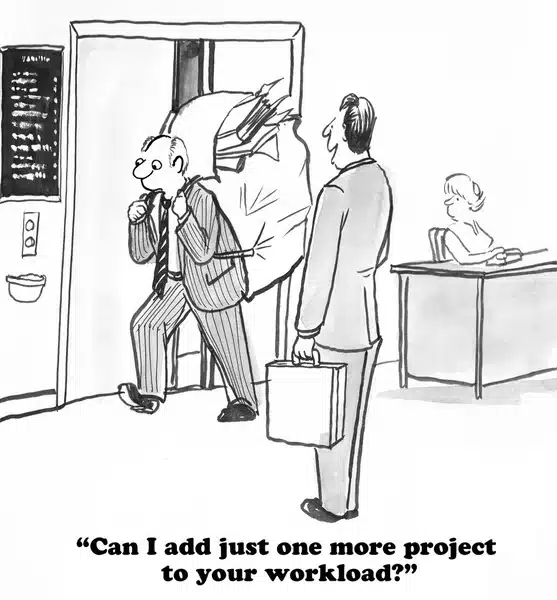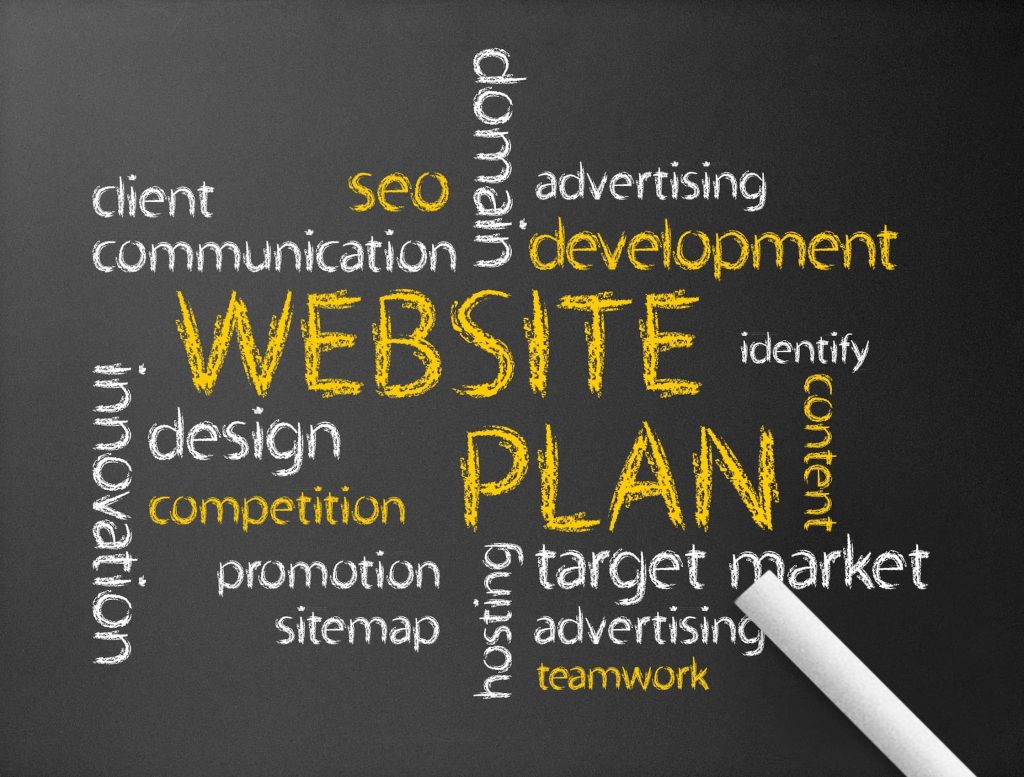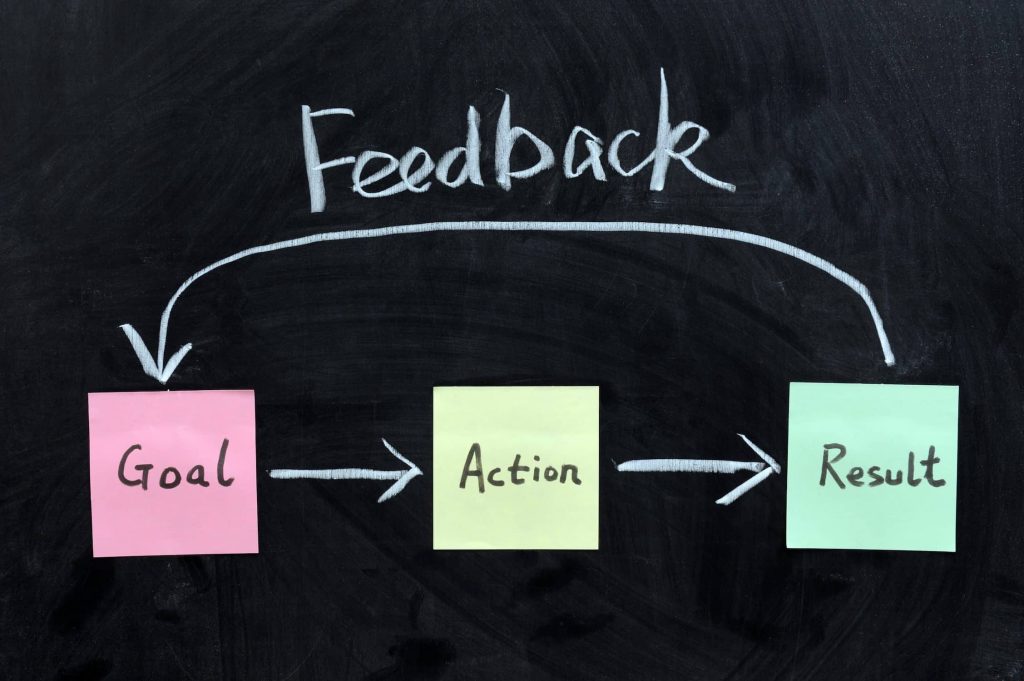Building a website is an exciting journey, but it’s also a complex process with many moving parts.
Understanding why website design takes time and navigating potential delays is essential for a successful project. In this article, we’ll delve into the intricacies of each phase of website design, uncovering the factors that contribute to the timeline, and offering valuable insights on how both our team and your active involvement can expedite the process.
Whether you’re a business owner looking to launch your online presence or a seasoned web professional, this guide will empower you with the knowledge and strategies to ensure your website project meets your expectations and reaches your audience effectively.
Common Delays in Website Design
Website design is a complex process with numerous stages. Several common factors can lead to delays throughout its progression.
Be aware of these potential pitfalls and take proactive steps to mitigate them to ensure a smooth journey from initial planning to the eventual website launch. We will go into more detail about the web design process later in this article.
Scope Creep
A well-defined project scope is a clear and detailed outline of the project’s objectives, requirements, and deliverables.
Project scope sets the boundaries and expectations for what will be accomplished during the project.
This document helps all stakeholders, including you and the project team, understand
- The Projects Purpose
- Limitations
- Key Milestone
It ensures everyone is on the same page and reduces the risk of scope creep and delays.
You can avoid scope creep by clearly defining the project’s initial objectives and being cautious about requesting last-minute changes. Regularly review project objectives and assess whether proposed changes align with your project’s core goals.

Content Delays
Content creation and approval processes often take longer than anticipated.
To prevent these delays, allocate sufficient content development time. Without a designated content developer, you are responsible for writing all of the content for your website.
This includes editing and obtaining (or providing) necessary approvals.
A clear workflow for content approvals, with designated responsible parties, can streamline the process. Work with content creators to set realistic timelines and communicate these deadlines to all stakeholders (content writers, web developers, and supervisors over content within your company).
By proactively managing content creation and approval, you contribute significantly to keeping the project on track.
Design Revisions
Multiple design revisions or a complete design overhaul can add significant time to the project.
To avoid these delays, establish clear design expectations early in the project. Provide detailed design briefs that outline your preferences and requirements. Regular feedback and open communication with the design team are essential throughout the design phase.
Providing timely and constructive feedback helps ensure that design revisions remain on schedule and align with your project’s objectives.
Technical Hurdles
During the website development process, encountering technical hurdles is not uncommon.
These hurdles can manifest in various forms, from compatibility issues with specific web browsers to unexpected server constraints. While a capable development team is well-equipped to handle such challenges, addressing them can introduce delays in the project timeline.
One way to avoid compatibility issues with web browsers is to actively participate in user testing and provide feedback on different browser environments.
Doing so helps identify any rendering or functionality issues early in the development process, allowing the development team to address them promptly. If you encounter technical issues or constraints affecting the project, such as hosting limitations or third-party integrations, sharing this information early can help the team proactively find solutions and prevent unexpected delays.
A collaborative approach between you and the development team is key to overcoming technical hurdles and ensuring a smoother project progression.
Communication Gaps
Effective communication is the backbone of any successful website design project.
Communication gaps can occur when there are misunderstandings or breakdowns in the exchange of information between you and the design team. These gaps can lead to confusion, misaligned expectations, and project delays.
You play a pivotal role in preventing communication gaps. Actively engage in open and transparent communication with the design team.
For instance, be specific and detailed when providing feedback on design concepts or project requirements. Instead of vague comments like “I don’t like this design,” providing constructive feedback like “I believe the color scheme should align more with our brand guidelines” helps the design team understand the precise issues and make necessary adjustments efficiently.
Maintaining a consistent line of communication throughout the project ensures everyone is on the same page. Address any issues or concerns with
- Regular check-ins,
- status updates,
- and feedback sessions
By actively participating in clear and continuous communication, you help bridge potential gaps and keep the project on track.
Every successful project begins with a solid plan: 4 common steps
Building a website isn’t a swift endeavor. The timeline can vary from a few weeks to several months, influenced by complexity and team size.
While the idea of creating a website in a day and saving costs might seem appealing, the reality is that constructing an effective promotional website is an intricate undertaking involving design, technology, and sales considerations.
Mistakes can be costly, and achieving the perfect website takes time.
We’ll explore why this process is time-intensive and why the extra effort invested will pay off in the long run.
Step 1: Brainstorm a Plan
The planning phase, typically lasting two to three weeks, lays the foundation for your website. It answers key questions about your
- Audience:
- Who are the primary users or customers you want to target with your website?
- What are their demographics, interests, and preferences that you should consider in your website design and content?
- Features:
- What specific functionalities should your website have, such as e-commerce capabilities, contact forms, or user registration?
- Do you want to incorporate any unique features or interactive elements, like a live chat support system or a product customization tool?
- and design elements:
- What color scheme and visual style should your website adopt to align with your brand identity and appeal to your target audience?
- How should the layout and navigation be structured to ensure an intuitive and aesthetically pleasing user experience?

The duration of the planning phase varies depending on how complex your website project is. This variation accounts for the intricacies involved in planning and designing a website that matches your vision while remaining practical and feasible for development.
In essence, the planning phase’s length is tailored to strike a balance between your creative aspirations and the realistic constraints of the web development process.
During the planning phase, it’s essential to proactively identify and tackle potential issues to prolong your website’s lifespan, which typically averages around two and a half years.
Planning tools such as sitemaps and project management platforms are valuable aids. They streamline the planning process and help you anticipate and address challenges effectively.
Step 2: Content Creation
Initially spanning four to six weeks, content creation is more than filling pages. It’s about long-term user engagement.
To enhance user engagement with your site, think beyond blog posts. Consider
- whitepapers,
- e-books
- and multimedia content
Tools like Canva and Grammarly help refine the content you already have. Video and audio content may require more time but are valuable for audience engagement.
We will go into more detail about content, other design stages, and what you can do to keep your project on track in later sections.
Step 3: Web Design
Web design is a minimum two to three-week phase. During this period, your website’s visual identity forms, and critical decisions are made to ensure an optimal user experience.
During this phase, you decide on
- the sites structure,
- appearance,
- and functionality.
User-friendly tools like mockup tools and website builders simplify the web design process. Mockup tools allow you to visualize your site’s pages before building them, aiding in design and layout decisions.
Step 4: Testing and Review
Allocate one to two weeks for thorough testing and review before launching your website.
Check
- site speed
- user experience,
- content quality,
- and plugin compality.
Fast loading times and user-friendly navigation are vital. Eliminate writing errors and ensure plugin compatibility to enhance your site’s functionality.
After the necessary adjustments, you’re ready to launch your website!
These steps collectively form the roadmap to a successful website, each crucial in bringing your digital vision to life. Let’s explore these stages in more detail, starting with the content filling your pages and informing your customers about your products, services, and brand.
The Content Conundrum: Locking in Your Message
Content is the heartbeat of your website.
While blog posts are essential to keeping your site active, diversifying your content with whitepapers, e-books, and multimedia elements is equally important.
Whitepapers and e-books offer in-depth insights, build credibility, and serve as lead-generation tools.
Multimedia content, such as videos and audio, enhances user engagement.
Creating diverse, high-quality content can be time-consuming. Not everyone has the literary flexibility to inform and connect with their audience effectively. This is where professional content creators, like those at My Website Spot, come in.
We bring an outside perspective, creative flair, and a wealth of experience to craft content that informs and emotionally connects with your audience, fostering loyalty and retention.
While tools like Canva and Grammarly are helpful, professional content creators align your content with your website’s goals and audience preferences, making it a wise investment for long-term success.

Crafting Compelling Content
Compelling content plays a pivotal role in capturing your target audience’s attention while effectively conveying your message.
Collaborating closely with content creators provides valuable insights, shares your unique perspective, and identifies key messaging priorities. Offering your industry knowledge and personal experiences helps shape content to resonate with your intended audience.
You can expedite this process by providing clear and comprehensive content briefs.
These briefs should outline the specific goals and objectives of the content, your customer’s preferences and pain points, and any unique selling points that diversify from your competition.
Actively participate in content reviews, offer constructive feedback, and ensure the content meets your expectations and preferences.
Alignment with Goals
Your active involvement in developing your website’s content ensures it aligns seamlessly with your goals and objectives.
Directly engaging in content strategy development expedites this alignment and helps web developers create a website that truly resonates with you and your audience, and fulfills your expectations.
Your voice guides tailoring content that engages and persuades, making your customers’ experience on your website more meaningful and satisfying.
One example of how you can expedite the alignment process is by participating in goal-setting workshops or surveys. These activities help gather direct feedback from your audience regarding their expectations and what they hope to achieve on your website.
By openly sharing your customers’ insights and priorities, you empower the content team to tailor content strategies that align with your expectations, customer desires, and desired customer actions.
Revisions and Approvals
In the content development process, revisions and approvals ensure high quality and alignment with the overall vision.
You can expedite content creation by actively reviewing, providing revisions, and approving final content drafts. Providing timely and constructive feedback helps content creators and designers understand what resonates with you and your audience, and what may need adjustment.
When expectations are aligned, finalizing content and moving forward with the development process becomes easier, ultimately expediting the website’s launch.
Designing for Impact: Locking in the Aesthetics
The design process focuses on structuring web pages, designing navigation systems, and selecting visual elements such as color schemes and fonts. These design choices influence users’ initial impressions and convey the level of professionalism associated with your website.
Actively participate in the design review process.
Your feedback on the visual elements ensures that the aesthetics resonate with your preferences and expectations. Providing clear and constructive input helps the design team make more efficient adjustments.

Consistency in Branding
Share your insights on color schemes, typography, and overall design aesthetics that align with your perception of your brand.
When reviewing and providing feedback to your designer, keep these 3 questions in mind.
1. Is our website design consistent with our brand identity?
Assess whether the website design aligns with your established brand identity. Ask whether the website’s color schemes, typography, and visual elements reflect the brand’s essence and messaging. Brand consistency ensures that visitors immediately recognize and connect with the brand upon visiting the website.
2. Are all website pages and elements harmonious with our brand aesthetics?
Examine every aspect of the website, from individual pages to buttons and icons, to ensure a consistent brand aesthetic. Inconsistent design elements can create confusion and diminish the overall impact of the brand message. Do these elements collectively contribute to a cohesive brand experience?
3. Does our website effectively convey our unique value proposition?
Beyond visual consistency, inquire whether their website effectively communicates your unique value proposition (UVP) to visitors. The website’s content, imagery, and overall design should work in harmony to clearly convey what sets the business apart from competitors. Assessing the alignment between the website’s messaging and the UVP helps visitors understand why they should choose your business over others in the market.
User Experience (UX) Design
We cannot stress enough about creating a user-friendly website. User Experience (UX) design is pivotal for creating a website that engages the audience and encourages return visits.
This phase optimizes layouts, user flow, and wireframes to provide a seamless and intuitive experience.
You can expedite this phase by providing insights into your preferences for website functionalities. If you desire specific features like an e-commerce platform, booking systems, or contact forms, your input guides the UX design process more efficiently.
Feedback Loops
Design, more than any other aspect of web development, often involves multiple iterations based on feedback from you, other stakeholders, and user testing. While this feedback-driven approach leads to a better end product, it can extend the design phase.
Expedite feedback and streamline the design process by actively participating in regular review sessions and providing concise, actionable feedback. By promptly sharing your insights and preferences, the design team can make more efficient adjustments, reducing the number of iteration cycles required to refine the website.

The Development Dilemma: Bringing It All to Life
Coding and Functionality
Web development is where the magic happens.
It’s the phase where the design and content come together to create a functional website. This process involves writing clean and efficient code, ensuring all functions and features work seamlessly, and integrating third-party tools or APIs when necessary.
You can help expedite this phase by actively participating in feature prioritization. Provide input on which website functionalities are most important to you and your user experience.
These include e-commerce capabilities, booking and reservation systems, contact forms, and customer support.
By clearly articulating your needs and expectations, you help the development team focus on the most crucial aspects, expediting the coding and functionality implementation.
Responsive Design
Web designers prioritize responsive designs to ensure that websites seamlessly adapt to various devices and screen orientations. Achieving this requires meticulous coding and testing to guarantee that the website appears and operates flawlessly on smartphones, tablets, laptops, and desktops.
Designers engage in thorough testing to assess the website’s responsiveness on diverse devices and screen sizes. They actively seek and address any inconsistencies or layout issues they come across.
Generally, this phase of responsive design can take several weeks, depending on the complexity of the website and the extent of testing required to achieve optimal responsiveness.
Testing and Debugging
Rigorous testing and debugging are critical steps in web development to create a flawless user experience. It ensures the website works seamlessly across
- various devices,
- browsers,
- and screen sizes.
Identifying and fixing bugs, glitches, or compatibility issues takes time but is essential for a smooth user experience.
Final Thoughts
Building a remarkable website is an investment in your online presence, and quality takes time.
By understanding the intricacies of the process and choosing a trusted partner like My Website Spot, you can confidently navigate the journey.
Don’t let worries about time hold you back. Contact My Website Spot today and embark on a web design journey that ensures a stunning website and peace of mind. Our team is ready to bring your vision to life, and our 6-step process guarantees quality results.
Let’s create something exceptional together!



